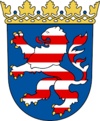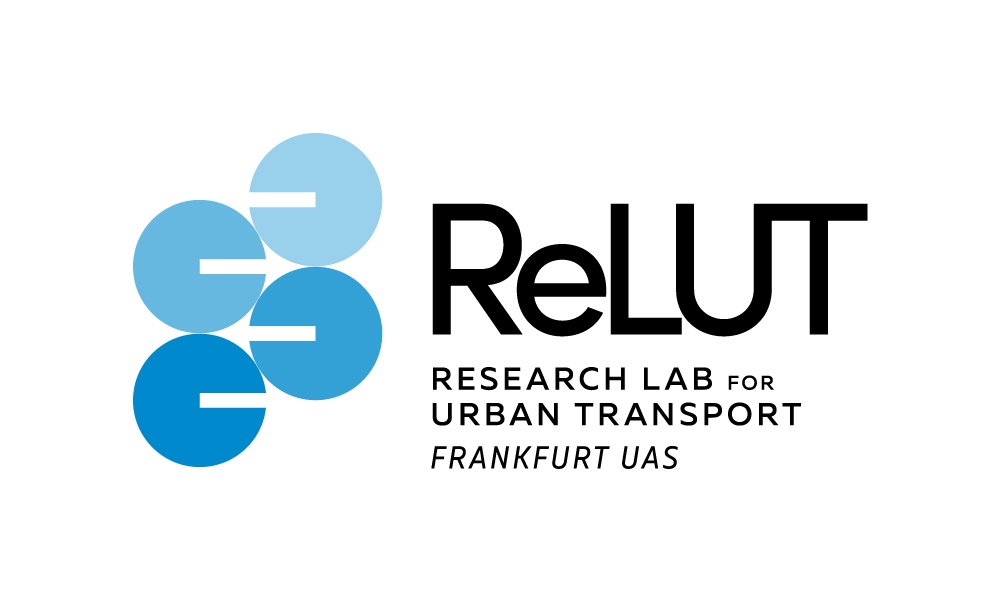
Clustering the mobility flows of motorized vehicles using machine learning
Duration: May 2021 to December 2022
Funding: This project is funded through the funding program “Innovations in Logistics and Mobility” of the State of Hesse.
Project Manager: Prof. Dr. Tobias Hagen
Contact Person: Jonas Hamann, M. Sc.
Smart municipal mobility management requires information on how many motorized vehicles, which groups of drivers, with which purpose, travel to which parts of the city. Surveys on people's mobility are time-consuming, costly, often not representative, and not sufficiently up-to-date and accurate. In this project, the problem is addressed by using machine learning (ML) algorithms. The goal is to define geographic areas in cities and cluster motorized traffic flows. This can provide insights of where, why and to what extent "groups" (clusters) of motorized vehicles travel in specific geographic areas of cities. For this purpose, GPS data from motorized vehicles and geospatial information from OpenStreetMap are evaluated. The amount of GPS data is significantly larger than in existing studies, allowing for more detailed analyses. For the first time, traffic flows and geographic areas are clustered together using ML algorithms. In addition, a model is sought that allows for overlapping clusters, i.e., the boundaries between geographic areas do not need to be "sharp" but can be (more realistically) continuous.


![[Translate to EN:] Logo HOLM GmbH Frankfurt](/fileadmin/_processed_/c/f/csm_2779_LogoHOLMkurzWebformat_0c8a579951.jpg)
![[Translate to EN:] Logo Hessen Agentur GmbH](/fileadmin/_processed_/4/c/csm_HessenAgentur_cbc841b382.jpg)